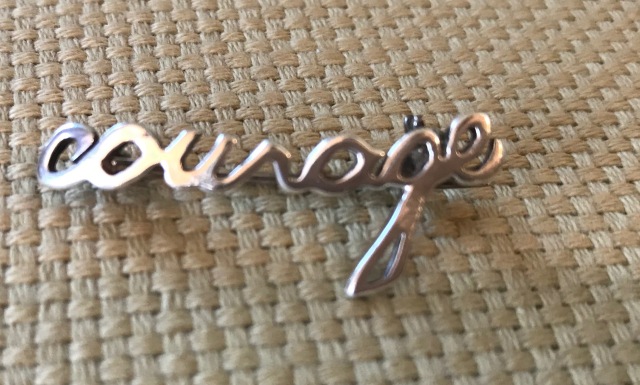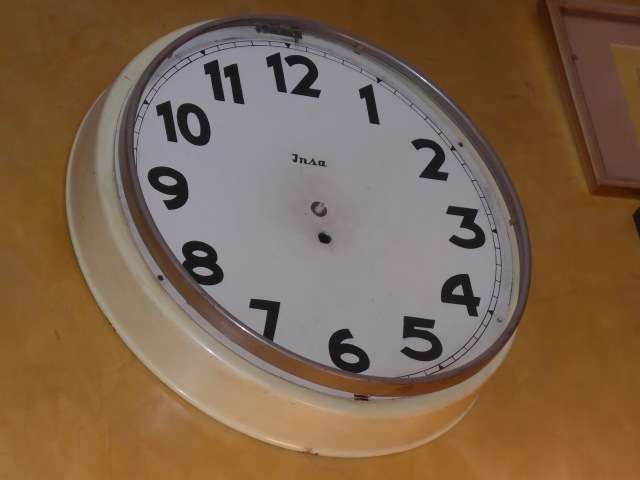
Two weeks trailing HRH was…an adventure!
By Caitlin Kelly
The NYT’s columnist Maureen Dowd recently posted this lament for the good old days of newsrooms:
As Mayer recalled, when a big story broke at The Star: “You could see history happening. People would cluster over a reporter’s desk, pile into the boss’s office, and sometimes break into incredibly loud fights. There were weirdos in newsrooms, and fabulous role models occasionally, and the spirit of being part of a motley entourage. Now, it’s just you and the little cursor on your screen.”
If you have watched TV shows like Alaska Daily, about a small paper in Anchorage, or Borgen, or (a million years ago) Lou Grant or the Mary Tyler Moore Show or The Newsroom, or films like Spotlight (2015 Best Picture), All the President’s Men, Broadcast News, The Paper or The Verdict or….You might think you know what working in a newsroom is like.
Having survived three of them, The Toronto Globe and Mail for 2.5 years at age 26, the Montreal Gazette at 30 for 1.5 years and one brutal year decades later at the New York Daily News, lemme tell ya! My husband worked 31 years at The New York Times, in the main newsroom in New York City and, earlier, in its Washington bureau.
We know. Oh, we know. Jose worked many assignments with Dowd, including some huge front page stories.
I agree there are few places — maybe as an ER physician or nurse, or a firefighter — where adrenaline surges are a normal part of every working day. Whenever I walked up the rear ramp of the Globe’s parking lot, past the enormous satellite dish that would (!!) transmit all our words to printing plants across Canada later that day, my blood pressure always always rose.
It was exciting but terrifying.
What if the Toronto Star or CBC beat us? What if we got something wrong? Working in daily news always means the fear of someone else getting the “scoop” first.
Most newsrooms — whatever the medium — look the same. Rows of desks, some piled very very high with papers and magazines and documents. Few windows. Open plan so everyone can see if you’re there and working and an editor can (and does) yell at/for you from far away. Your co-workers work barely a few feet away from you, so forget any sort of personal or professional privacy. No smelly food! No loud conversations!
Managers get offices with glass walls so they can see what we’re up to.
Ideally, this fosters camaraderie and collaboration, and sometimes it does.
Despite the chaos of the industry — so many layoffs! — it retains a military hierarchy and chain of command, from interns to publisher. Mess with it at your peril.
The irony, of course, is that it’s called a newsroom when the news is never there.
It’s in Kyiv or Islamabad or Edmonton or Des Moines, and that’s the true strength and beauty of them — the immediate transfer of information, words and images that flow into and out of the editors’ desks in the newsroom. There’s often someone who does rewrite (I have!) which is wild…a reporter calls in with their story and reads it to you over the phone so you have to type really fast and accurately! I’ve also dictated my own stories by phone as well. Very 1940s!
A crucial — and unseen/unheralded — part of every functional newsroom are its editors, for copy, graphics, maps, illustrations and photos. There are also, depending on the size of the media outlet, lawyers who may review a story for accuracy and defense against a charge of libel.
I first worked in a time when our laptops were very slow, TRS-80s, with tiny screens and we had to transmit our stories to the newsroom using alligator clips you attached to the handset of a telephone. That’s if you could even find a phone on deadline! Research meant actually reading and speaking to sources as our only font of information — no Google!
Competing with a better-funded paper like the Toronto Star could be a nightmare, like the night there was a prison riot in a city 2.5 hours east of Toronto. The Star, of course, got reporters to the scene while I, sitting in the newsroom, had to update five editions with very very little material. We even had to ask a senior manager whenever we needed a new notebook.
But I really miss its wit and repartee….like the night I was banging away on deadline and an editor shouted down the room…”Where is it?!”
“Hey, you can’t rush perfection,” I replied. The Venus de Milo wasn’t made in a day!”
“Do you type like her?”
The Montreal Gazette was another world, with one key editor who was deeply Catholic so I was cautioned never to suggest a story about abortion. It was one-paper town (in English) — compared to three in Toronto. The metabolism was slower. It wasn’t a great fit for me.
The NY Daily News hired me without previous NYC paper experience nor work for a tabloid. At prior papers, 1,000 words was a warm-up; at the News, deemed a long feature. Its halls held enormous copies of legendary moments in history, their front pages, framed. No pressure!
It was a very male place, with a few star reporters who were women. The photo editor shouted at me, again in an open newsroom where everyone was his unwilling audience, when I dared to ask for some basic instructions. I explained to my boss — who told me the man had once thrown a radio at him.
Like that.
I broke several national stories and learned how to write tighter. I reported on a very different — much less affluent, much more diverse — New York than I’d ever known. Our stories were in Harlem and Queens and the Bronx, not the Upper East Side.
But the manager who hired me soon left, and my time there became extremely difficult. I won’t say more, but I’ve never worked in a newsroom since.
I miss them.
I do.
There is there, at its best, a tremendous sense of teamwork and accomplishment. For some.
There is, at its best, ready access to some of the smartest and most fun and boldest people you’re ever likely to meet — colleagues who’ve worked in places like Kabul and Kandahar, not just Kalamazoo.
I’ve signed up to be a mentor with Report For America.
I look forward to helping the next generation survive their newsrooms.










